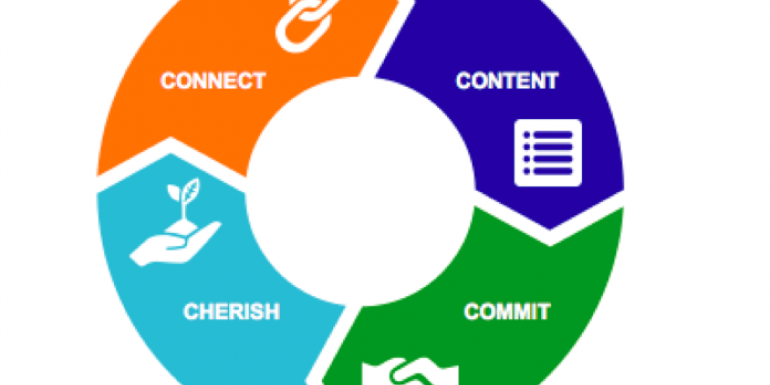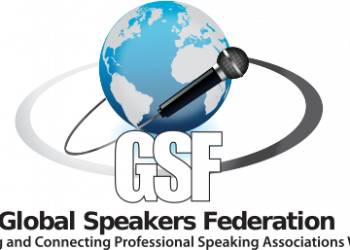If you’re a middle manager, you probably spend 35% of your time in meetings. If you’re in upper management, it can be a whopping 50%. Yet executives consider 67% of meetings to be failures. We want meetings to be engines of productivity. The reality falls short. How can we really have effective and efficient meetings?
Meetings are about the clarifying tasks and deepening relationships. It is also about discussing action steps as it is about learning. The culture of the team is embodied in meetings. How many of your organization values – teamwork, excellence, innovation etc., are expressed in real time during meetings?
Here’s an example how a sales team in BP China did it. In response to the challenging business environment, Masan, the sales director exclaimed, “It is the psychological strength that will propel us to defy the default state and make the impossible possible.” We worked with the team to create their team charter – make the impossible possible, look for new opportunities, grow one another as champions and with chemistry achieve speed and productivity.
Masan wondered what was next? The team has signed the charter and displayed it in their office. However, day to day business meetings focused on the business targets, with little mention of the charter. The soft cultural elements, behaviors and mindset and hard performance targets and numbers seemed to independent of each other. Should they?
“The team charter is meant to be alive, a spirit that we embody in our work,” opined Masan. The question is, “How do we integrate both mindset and business performance?” This is a great question and probably an important one.
In the next offsite, Masan’s team learnt about whole meetings. Wholeness in meetings integrate opposing and complementary polarities:
- Task + relationship
- Action + reflection
- Speed + depth
- Divergence + convergence
- Performance + culture
These 4Cs: Connect, Content, Commit and Cherish guide the integration.
Connect
“Connect before content”, suggests Peter Block, author of The Answer to How is Yes. Before people can be fully engaged, they need to be connected. The quality of relationships determines the quality of conversations.
For example, the BP sales team decided to change the way they meet. Since “valuing one another as family” is part of their team charter. Before plunging into the tasks, they spend a few minutes on these questions:
- What’s on your mind?
- What’s going well?
- What exciting development…?
- How are you feeling?
This is more personal than weather talk. It gives them an opportunity to get a pulse of fellow team members.
Content
Next comes the main content of the meeting – to explore possibilities, discuss issues, generate ideas and determine action steps. Here are some questions:
- What’s the possibility we want to create?
- What’s working?
- What if?
- What are we learning?
- What are the success factors?
In this process, articulating the possibility we want to create is the most critical. Many of us are well schooled in generating actions, but actions for what? Without a conversation on the possibility we want to create, the actions generated create a future that is little different from the past.
Postpone the need for clarity or action steps. Like a lotus flower that emerges from murky water, new possibilities emerge from chaos or confusion. Harness the energy from successes and strengths by validating what is going well and then explore how to have more success.
Commitment
As the team got clear on what they wanted to create together, they started to talk about who needs to do what. This is 3rd phase – Commitment. For genuine commitment, we need to consider:
- What doubts/ reservations do you have?
- What is at risk for you?
- My request to you is…
- I commit to…
- Who, what, how and when?
Open up space for one to talk directly about their concerns, doubts and reservations, rather than leave them to private chats along the corridors or in the pantry. This is an opportunity to clarify and make meetings real, rather than a role play.
Any change or transformation effort is fraught with uncertainty without guaranteed outcomes. Too often, we generate a list of actions and try to figure out how to incentivize, enroll or push others to do it. The change effort becomes a selling job.
We invite commitment from the genuine belief in the meaning of the work, rather than barter benefits. With commitment comes meaningful action planning, not the other way round. Contract with one another – who does what by making offers and requests. So we have a simple summary of action plan.
Cherish
How we end meetings tells us about the culture. Typically, the BP sales team ends the meeting there. However, now they are more deliberate. One of their values is “to support and help one another grow as champions”. So they close the meetings by doing just that – appreciating and giving feedback. This brings the focus from task to people and from differences to reconciliation. So instead of waiting for training workshops to learn and grow, do it in every meeting. Here are some suggested ideas:
- Thank you…
- I am sorry…
- I appreciate your…
- A gift I received from you is…
- How are you feeling about the meeting?
- Your contribution made a difference…
These 4Cs focuses on both what and how in your meetings. In essence, it is both doing and being. We attend to the task and deepen relationships. It has space for both action and reflection. It allows divergence of ideas before convergence of decisions. This integration creates a sense of engagement, empowerment and enablement. The way we be together and conduct our meetings is a microcosm of the future we create. Masan has since retired, but he leaves behind a strong and spirited team.
References:
Axelrod, Dick and Emily (2014). Let’s Stop Meeting Like This. United States: Berrett Koehler.
Block, Peter (2003). The Answer to How is Yes. United States: Berrett Koehler.
Tan, Wendy (2013). Wholeness in Integration of West/East Perspectives. OD Practitioner, Vol. 45 No.3.
About the author:
Wendy Tan is founding partner of Flame Centre, a talent and organization development practice, and author of “Wholeness in a Disruptive World: Pearls of Wisdom from East and West”.



